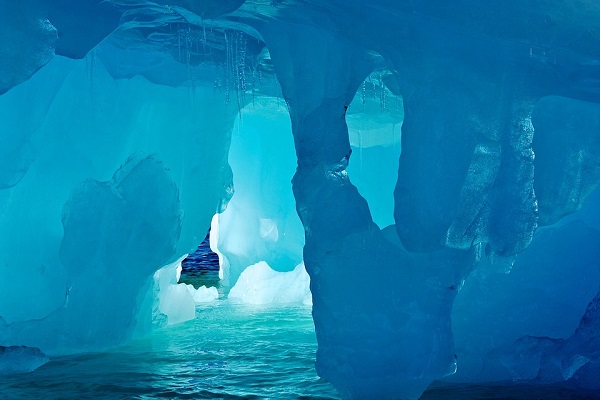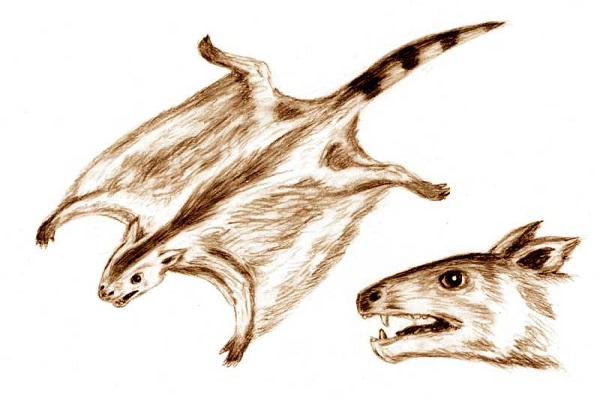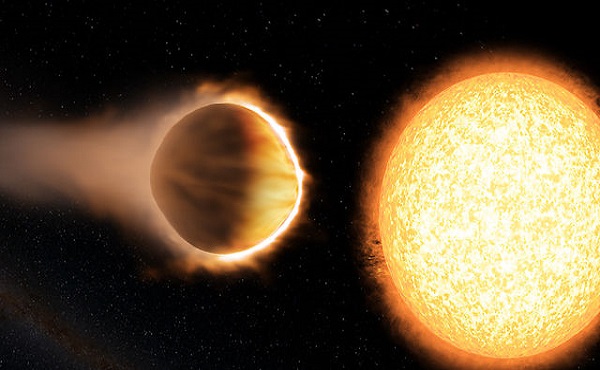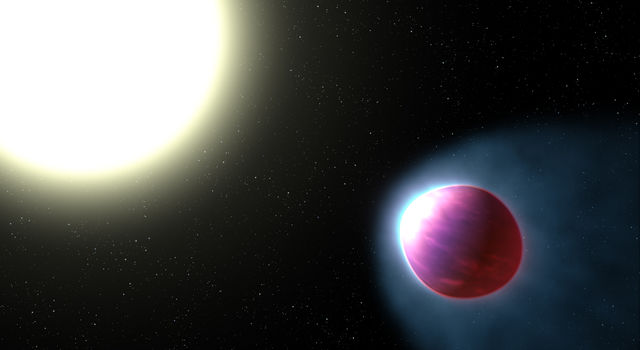A recent study on fossilized dinosaur fecal matter revealed an interesting truth about them, which contradicts the previous theory on the diet of herbivorous specimens. As their name says, scientists thought they fed exclusively on plants. However, the traces found in these fossils revealed they sometimes ate some meat.
Crustacean traces were hidden in fecal fossils
Researchers discovered some 75 million years old fecal fossils belonging to hadrosaurs, a species of dinosaurs well-known for being herbivorous. However, the analysis of these fossils revealed this species didn’t always choose plants for dinner. They found traces of crustaceans in the fecal matter, together with particles of wood coming from coniferous trees.
However, these were not the only fossil samples containing traces of crustacean shells. Some other coprolites, which are actually remains of dinosaur droppings, contained the same traces, and these remains were present in the Kaiparowits Plateau, Utah. This area was a favorite for hadrosaurs, so they might have occasionally cheated on their plant-only diet.
The bone and teeth structure of these hadrosaurs was typical of animals living closer to fresh water. There, their preferred meal included conifers and fern. The Kaiparowits Plateau was rich in sources of fresh water, as well as conifers and other similar plants, so it quickly became the ideal area where hadrosaurs could live.
Crustaceans were a sure source of proteins for the reproductive periods
Researchers revealed these dinosaurs chose to eat wood and crustaceans during the periods of reproduction. Such food was a good source of calcium, and improved their protein levels when they most needed them. The decaying wood contained plenty of small insects and creatures, which are a valuable source of protein, while crustaceans provide many other nutrients.
In fact, more herbivorous dinosaurs fed on unusual food for them, such as crustaceans, during reproductive periods. These creatures are a sure source of proteins for tough times, and easy to catch for dinosaurs which weren’t used to hunting. The study on hadrosaurs was published in the journal Scientific Reports.
Image Source: Wikimedia Commons











